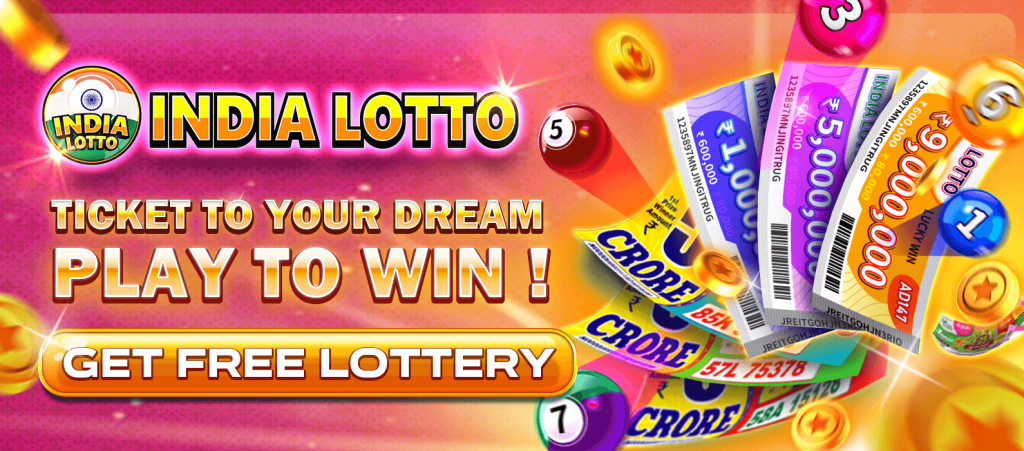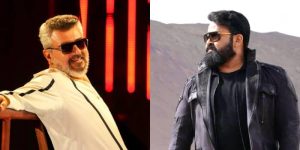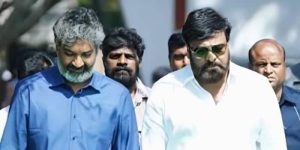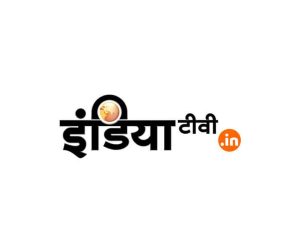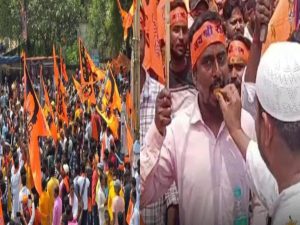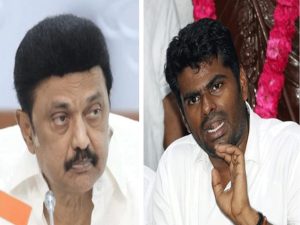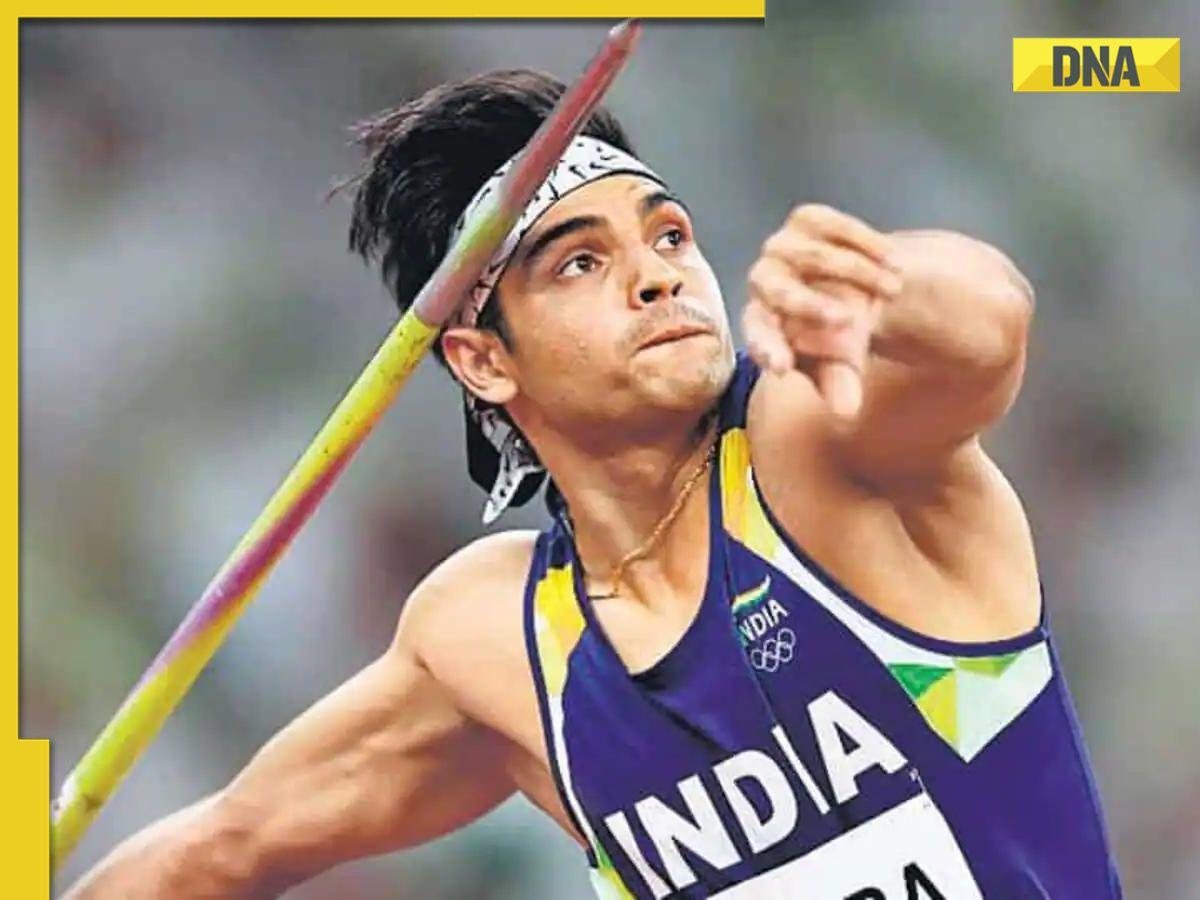
Indian Olympic gold medallist Neeraj Chopra has provided clarification for his decision to skip the Ostrava Golden Spike 2024 athletics meet in Czechia, which is set to begin on May 28. The organizers of the Ostrava meet had initially stated that the 26-year-old had to withdraw due to a muscular injury. However, Chopra has clarified that his withdrawal is a precautionary measure, with the Paris Olympics 2024 in mind.
In his statement on Sunday, May 26, Chopra explained that he experienced discomfort in his adductor during training and chose not to exacerbate the issue with the Olympic Games just a few months away. This decision was made to prioritize his long-term health and performance at the upcoming Paris Olympics.
“Hello everyone! Following a recent throwing session, I decided not to compete in Ostrava as I felt something in my adductor. I have had problems with it in the past and pushing it at this stage can lead to injury. Just to clarify, I am not injured but I don’t want to take any risk during the Olympic year so had to take this decision. Once I feel it’s fully recovered, I will get back to competitions. Thank you for your support,” Chopra wrote on his X account.
The Indian athlete has been replaced by Julian Weber in the upcoming competition. Weber will be competing alongside the local favorite Jakub Vadlejch, who is the defending champion at both the Diamond League and Golden Spike Meet, as well as Grenada’s Anderson Peters.
Chopra recently finished just 0.02 meters behind Vadlejch in the Diamond League Doha meet, securing second place. Vadlejch will be aiming to maintain his dominance in the absence of his toughest competitor, Chopra, who missed the Ostrava meet last year also due to a muscle injury.
In the dynamic world of athletics, every move and decision can have far-reaching consequences. For a champion like Chopra, who carries the hopes of an entire nation on his shoulders, the stakes are even higher. His decision reflects a calculated approach to ensure he is in optimal condition for one of the most significant events in his career – the Paris Olympics.
. Chopra’s strategic mindset and self-awareness highlight his commitment to not just participating but excelling at the global stage.
Before the Olympics, Chopra will be participating in the Paavo Nurmi Games in Finland on June 18, following his gold medal win at the Federation Cup in India earlier this month. His presence in these upcoming events is eagerly anticipated by his legion of fans and athletics enthusiasts globally. Each appearance serves not just as a testament to his prowess but also a stepping stone towards his ultimate goal – a stellar performance at the Paris Olympics.
Having battled and emerged victorious on several occasions, Chopra’s journey is a testament to resilience. From recovering from injuries, making strategic decisions about his participation in various events, to maintaining peak physical condition – his journey is a blend of discipline, hard work, and smart decision-making.
Chopra’s adductor muscles are crucial for his performance, helping him achieve the momentum and power required to excel in javelin throw. Any discomfort or potential injury in such a critical muscle group could not only hamper his immediate performance but could also have long-term repercussions, affecting his training and overall career. His decision, therefore, is both prudent and necessary, ensuring that he remains fit and ready for the challenges ahead.
Support from fans and fellow athletes has poured in, with many lauding his decision to prioritize long-term goals over short-term gains. Chopra’s transparency with his supporters through his social media statement also underscores his respectful and open approach to communication, keeping his well-wishers informed about his condition and future plans.
This development also brings into focus the increasingly strategic nature of modern athletics where athletes have to balance their schedules meticulously, factoring in recovery, training, and competition. The professional sporting landscape today demands a high level of strategic planning, often requiring difficult decisions that prioritize future success over immediate participation.
With the Paris Olympics drawing closer, every step Chopra takes is closely watched and analyzed. His recent gold at the Federation Cup and his participation in the Paavo Nurmi Games will serve as vital indicators of his preparation and form. The Indian sports fraternity and fans worldwide are already looking forward to his upcoming performances and ultimately, his participation in the Olympics.
In conclusion, Neeraj Chopra’s withdrawal from the Ostrava Golden Spike meet is a strategic move aimed at ensuring his peak performance for the Paris Olympics. His careful planning and prioritization reflect his deep commitment to his sport and his country, demonstrating that sometimes, the smartest move is to take a step back and prepare for the leap forward.

